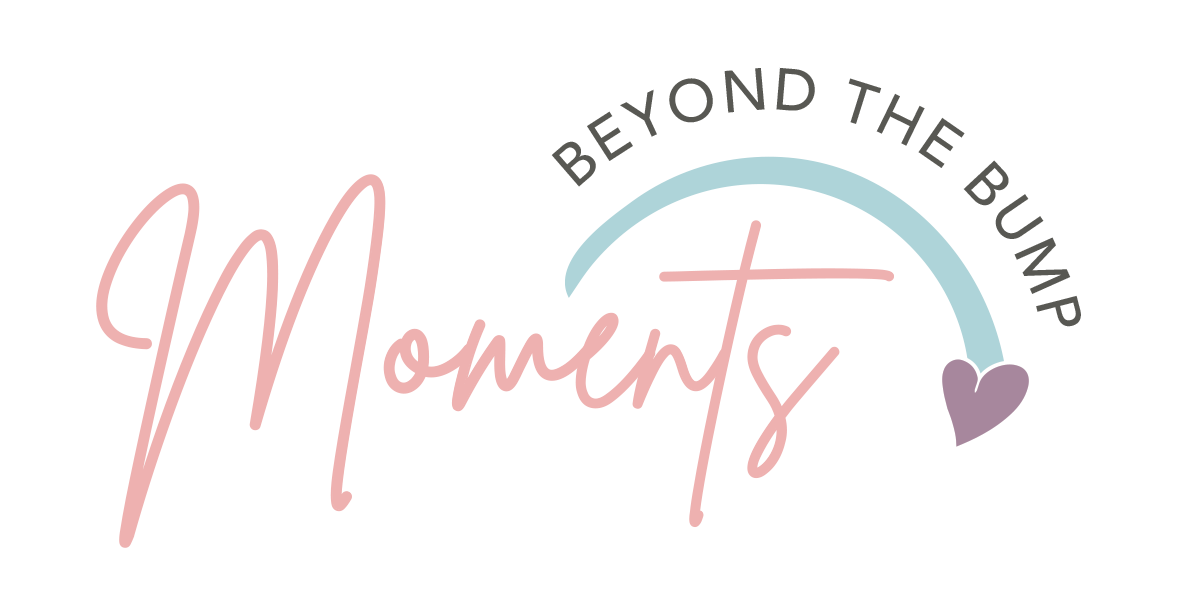Plugged Ducts and Mastitis
Breastfeeding is an incredible way to nourish and bond with your baby—but it doesn’t always come without challenges. One of the more painful and stressful roadblocks some nursing parents face is dealing with plugged ducts or mastitis.
These issues can show up suddenly and escalate quickly if not treated properly. But the good news? With the right care and support, most cases resolve quickly and completely.
Here’s what you need to know.
What Is a Plugged Duct?
A plugged duct (also called a clogged or blocked duct) happens when milk flow is obstructed in part of the breast, causing a backup and localized inflammation.
Common Signs of a Plugged Duct:
A tender or painful lump in the breast
Swelling or a firm area
Redness in one specific spot
Decreased milk flow on that side
Discomfort that improves after nursing or pumping
Plugged ducts are not usually accompanied by fever or full-body symptoms—but they can turn into mastitis if not treated.
What Is Mastitis?
Mastitis is inflammation of the breast tissue, often caused by an untreated plugged duct or milk stasis. It may or may not involve a bacterial infection.
Signs of Mastitis:
Sudden onset of breast pain or redness
A hard, swollen, hot area of the breast
Fever (often over 101°F or 38.5°C)
Chills, body aches, or fatigue
Flu-like symptoms in addition to localized breast pain
Mastitis can come on quickly and feel severe. Prompt treatment is key to preventing complications like abscess formation.
What Causes Plugged Ducts and Mastitis?
These conditions are typically caused by ineffective milk removal or milk stasis, which can result from:
Skipped or delayed feedings
Shallow latch or poor milk transfer
Tight clothing or pressure on the breast (e.g., underwire bras, baby carriers, seat belts)
Stress or fatigue (both impact letdown and milk flow)
Oversupply or inconsistent pumping
Treatment for Plugged Ducts
Most plugged ducts can be treated at home with consistent milk removal and supportive care:
Frequent Nursing or Pumping – Continue to feed or pump often, starting on the affected side. Aim for every 2–3 hours.
Warm Compresses – Apply warm washcloths or take a warm shower before nursing to help loosen the plug.
Massage – Gently massage from behind the clogged area toward the nipple while nursing or pumping.
Different Nursing Positions – Try positions that allow gravity to assist with drainage (e.g., dangle feeding).
Rest + Hydration – Your body needs energy and fluids to keep up milk production and fight inflammation.
Avoid aggressive massage, which can cause tissue damage or worsen inflammation.
Treatment for Mastitis
Mastitis treatment may start with the same measures as a plugged duct, but may also include medical intervention:
Continue Breastfeeding or Pumping – Milk removal is essential for healing.
Pain + Fever Management – Use ibuprofen or acetaminophen as recommended by your provider.
Cold Compresses Between Feeds – Helps reduce inflammation and swelling.
Antibiotics – If symptoms don’t improve within 24–48 hours or if you have a high fever, call your provider. A short course of antibiotics may be needed.
Lactation Support – A lactation consultant can help address latch issues or feeding routines contributing to the problem.
Can You Still Breastfeed with a Plugged Duct or Mastitis?
Yes! In fact, you should. Continuing to nurse or pump on the affected side is crucial to clearing the blockage and healing the tissue.
Your milk is still safe for your baby, even if you’re on antibiotics. Skipping feedings can make the problem worse.
When to Call a Provider
Seek medical attention if:
You develop a high fever
Symptoms don’t improve within 24–48 hours
You see pus or blood in your milk
The area becomes shiny, red, or increasingly painful
Don’t wait it out—early treatment can prevent worsening symptoms and complications.
Plugged ducts and mastitis are painful, but they’re also treatable. The earlier you catch them, the easier they are to resolve.
If you’re unsure whether your pain is normal or something more, trust your instincts and get support. You don’t have to navigate this alone.
